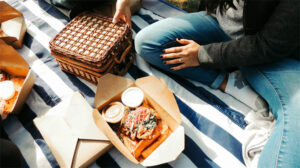
Stainless Steel vs. Disposable: Choosing the Right Material for Your Camping Plates
Camping is an adventure that beckons us to the great outdoors, where every piece of gear contributes to the overall experience. Among the crucial choices
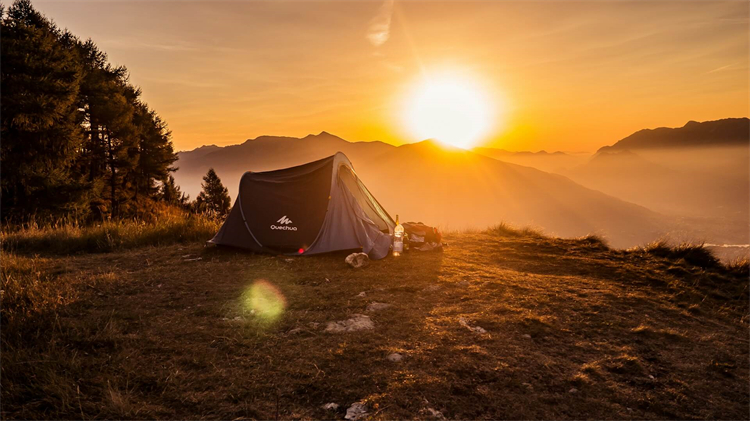
Having clean, well-maintained camping plates is essential for promoting both health and enjoyment when dining in the great outdoors. Proper cleaning and care remove bacteria, enhance flavors, and extend your gear’s longevity.
This comprehensive guide covers everything from quick cleaning tips to storage best practices, equipping you with the knowledge needed to keep camp cooking clean.
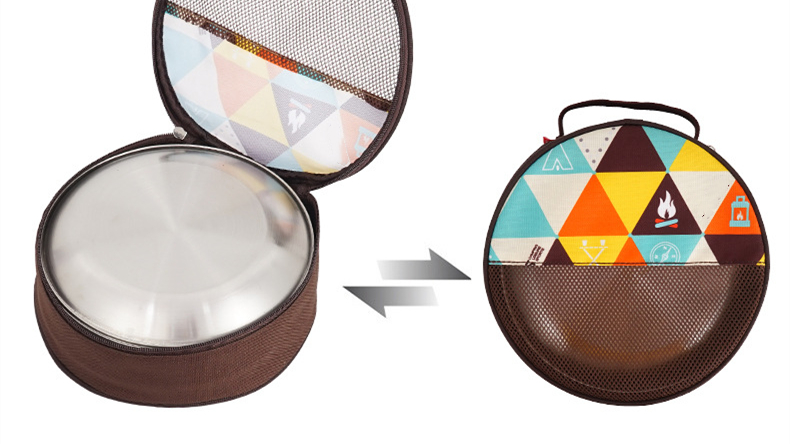
Out in the wilderness, away from running water and regular dishwashing facilities, maintaining clean cookware takes on heightened importance.
Food residues left on plates can harbor dangerous bacteria that lead to intestinal illnesses. Without vigilant cleaning, food-borne pathogens easily spread from one meal to the next.
Meticulous dishwashing in the camp kitchen helps control contamination and prevent unfortunate cases of diarrhea, vomiting, and other symptoms of food-borne illness that can cut a camping trip short.
Additionally, failing to remove stuck-on food and grime from camping plates allows unwanted flavors, odors, and even potential chemicals to transfer from one meal to the next.
Who wants the lingering taste of last night’s salmon when biting into breakfast eggs? Proper cleaning produces optimal flavors and ensures safety. Don’t underestimate the value of camp kitchen cleanliness.
Not all camping plates are created equal when it comes to cleaning methods. The material composition determines which products and scrubbing tools are safest.
Plus, the realities of limited time and water when camping call for strategic cleaning shortcuts. Here’s how to clean plates made of different materials:
In the realm of efficient camping practices, time-saving tips play a pivotal role in ensuring a seamless outdoor experience.
One such essential practice involves the judicious care of camping plates, optimizing both time and resources.
Wiping of plates
A fundamental time-saving tip is the immediate wiping of plates after each meal.
This quick and proactive step prevents food residues from adhering firmly, simplifying the subsequent cleaning process.
The swipe of a cloth or sponge swiftly removes surface debris, preserving the plate’s cleanliness for the next use.
Soaking in hot water
To further streamline the cleaning routine, consider soaking plates in hot water whenever feasible.
This simple yet effective technique harnesses the power of heat to loosen stubborn debris, making it easier to scrub away during the washing process.
Hot water acts as a natural aid, breaking down food particles and minimizing the effort required for thorough cleaning.
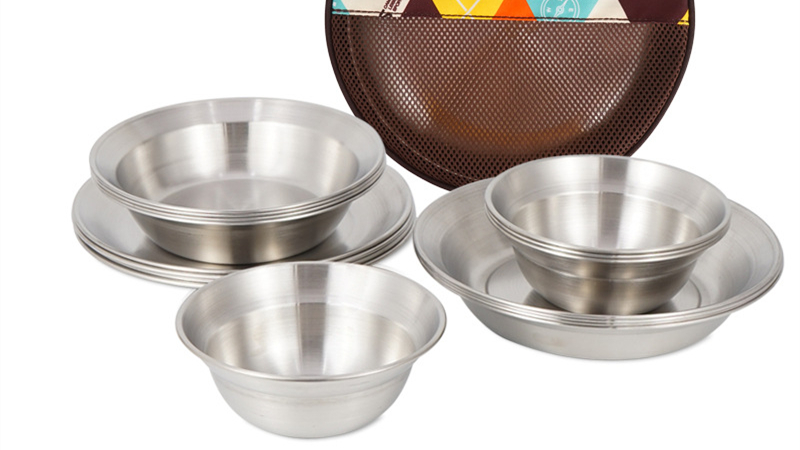
In essence, these time-saving tips encapsulate the spirit of smart camping, where practical and sustainable choices not only save time and effort but also contribute to the larger goal of minimizing environmental impact.
By adopting such practices, campers not only ensure a swift and enjoyable camping experience but also leave behind a minimal ecological footprint, fostering a harmonious coexistence with nature.
The rugged nature of camping can take its toll on plates over time. However, implementing some basic maintenance steps makes it possible to keep camping dinnerware looking and performing its best trip after the trip. Here are tips for preventing wear and tear:
Follow these handling, washing, and storage guidelines to maintain the integrity of your camping plates for seasons to come.
Washing dishes at a campsite requires some finesse and the right tools. Follow this advice for an effective, eco-friendly camp kitchen dishwashing station:
A well-planned washing station with the right gear makes camp cookware shine.
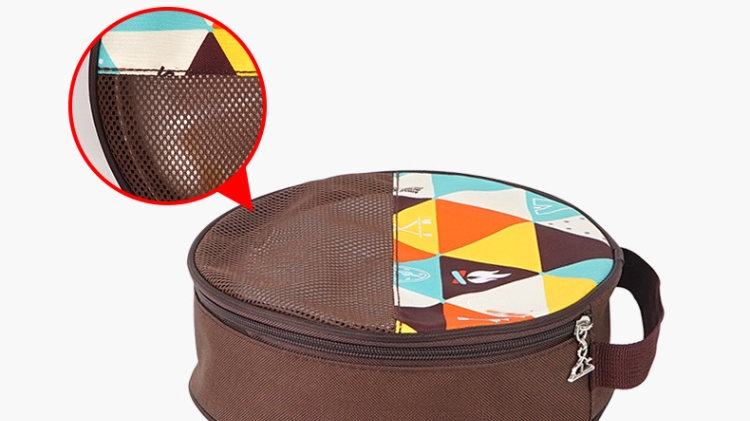
Navigating the nuances of camping plate set maintenance often involves troubleshooting common issues that may arise during outdoor adventures.
Encountering carbonized food residues on camping plates can be a common occurrence, especially after cooking over an open flame. A practical solution is to soak the affected plates in hot water.
This initial step harnesses the power of heat to soften and loosen the stubborn, burnt-on particles. Following the soaking, gently scrape away the residues with a soft cloth or sponge. Repeat the process as needed until the plate is restored to its optimal cleanliness.
Dealing with lingering grease and oil residues requires a targeted approach. A mixture of lime juice or a salt paste serves as a potent remedy. Lime juice, with its natural acidity, aids in cutting through oily residues effectively.
Apply lime juice or salt paste to the affected areas and scrub gently. It’s crucial to rinse the plate thoroughly after scrubbing to ensure the complete removal of grease and oil remnants.
Stains on camping plates can be unsightly, but they are not insurmountable. An effective technique involves boiling water with lemon slices or baking soda directly on the stained plate.
The natural properties of lemon and baking soda work together to lift discoloration. Allow the mixture to sit for a brief period, then scrub gently to reveal a stain-free surface. This method not only removes stains but also infuses a refreshing aroma to the plate.
Combatting lingering odors on camping plates requires a proactive approach. Rubbing the inside of plates with citrus peels or soaking them in a vinegar solution proves to be effective.
The natural oils in citrus peels neutralize odors, leaving behind a fresh scent. Alternatively, soaking plates in a vinegar solution, diluted with water, helps eliminate persistent smells. It’s advisable to rinse the plates thoroughly after implementing these methods.
Each outdoor excursion may present unique challenges, and finding the right techniques requires experimentation. With some trial and error, you’ll find the right techniques to tackle any clean-up challenges.
The way you store camping plates between adventures can impact their longevity and cleanliness. Follow these tips:
Proper storage protects your investment in quality camping dinnerware and promotes hygienic conditions trip after trip.
By taking steps to properly clean, maintain and store your camping plates and cookware, you’ll be rewarded with optimal safety, food flavors and gear longevity trip after trip.
Don’t overlook the value of a clean camp kitchen. With minimal time and effort, your dishes will be wilderness-ready for even more outdoor dining memories ahead.


Camping is an adventure that beckons us to the great outdoors, where every piece of gear contributes to the overall experience. Among the crucial choices
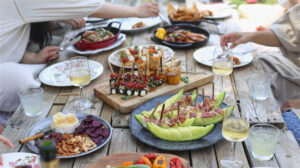
As we embark on a new era of outdoor exploration, the world of camping dinnerware undergoes fascinating transformations to meet the evolving needs and preferences
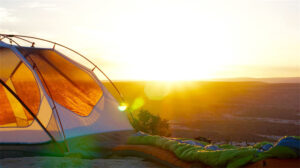
Camping delivers immense enjoyment, but it also requires investing in quality gear. While cost shouldn’t be the only factor when shopping for camping plates, affordability
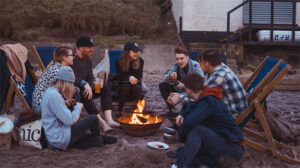
Camping is all about enjoying the great outdoors, but let’s be honest – we all look forward to mealtimes when we’re out in nature! After
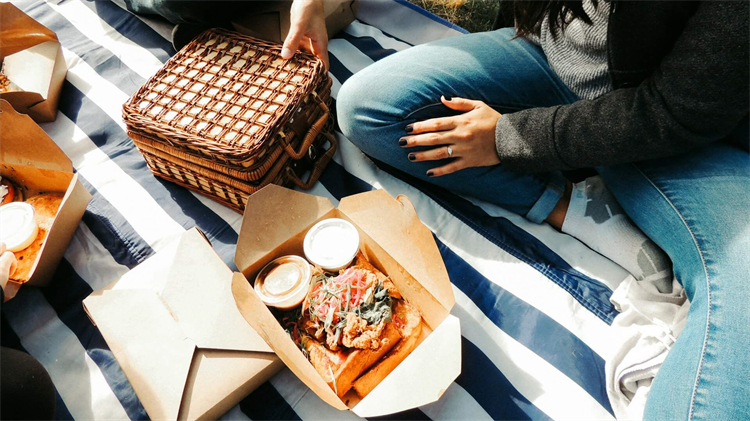
Camping is an adventure that beckons us to the great outdoors, where every piece of gear contributes to the overall experience. Among the crucial choices

As we embark on a new era of outdoor exploration, the world of camping dinnerware undergoes fascinating transformations to meet the evolving needs and preferences
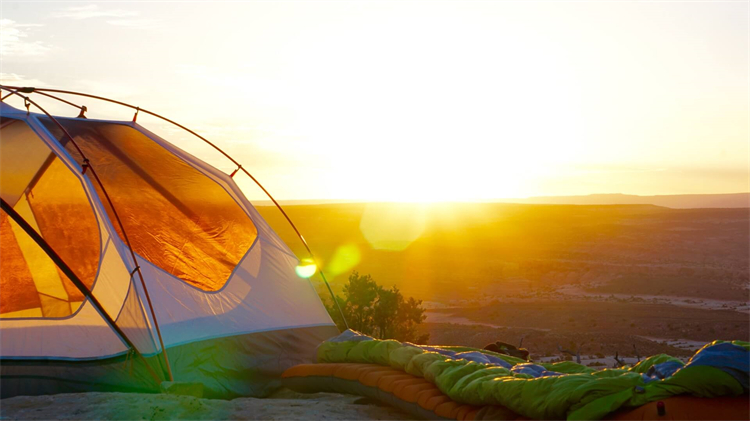
Camping delivers immense enjoyment, but it also requires investing in quality gear. While cost shouldn’t be the only factor when shopping for camping plates, affordability
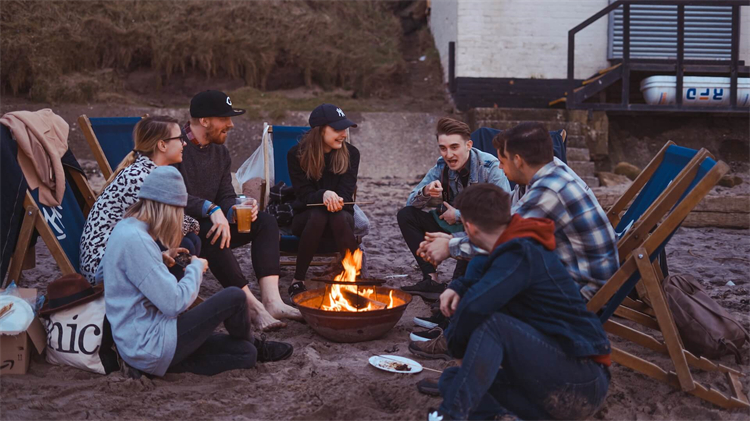
Camping is all about enjoying the great outdoors, but let’s be honest – we all look forward to mealtimes when we’re out in nature! After
Copyright © 2024 wildcampcampingplate. All Rights Reserved.